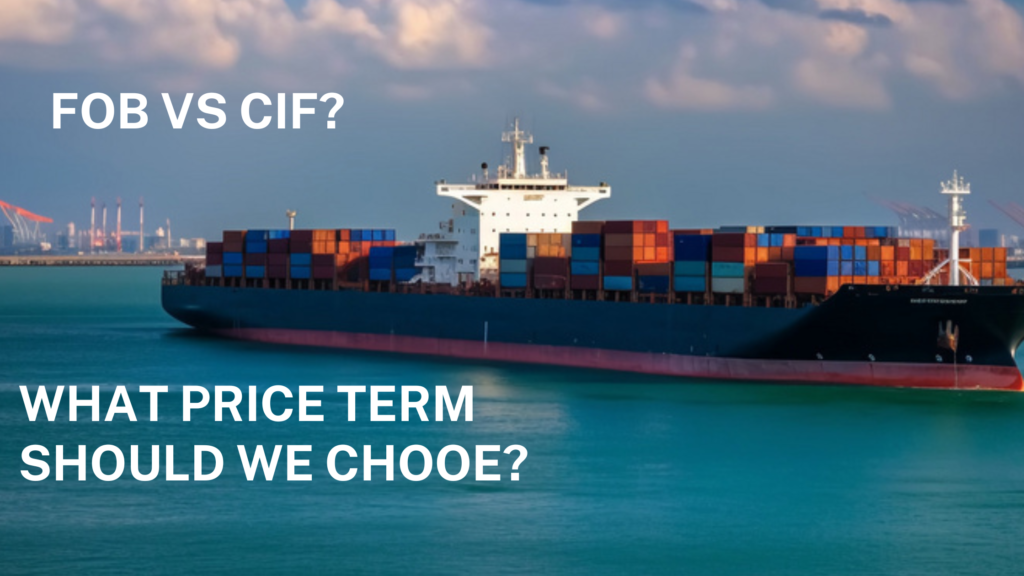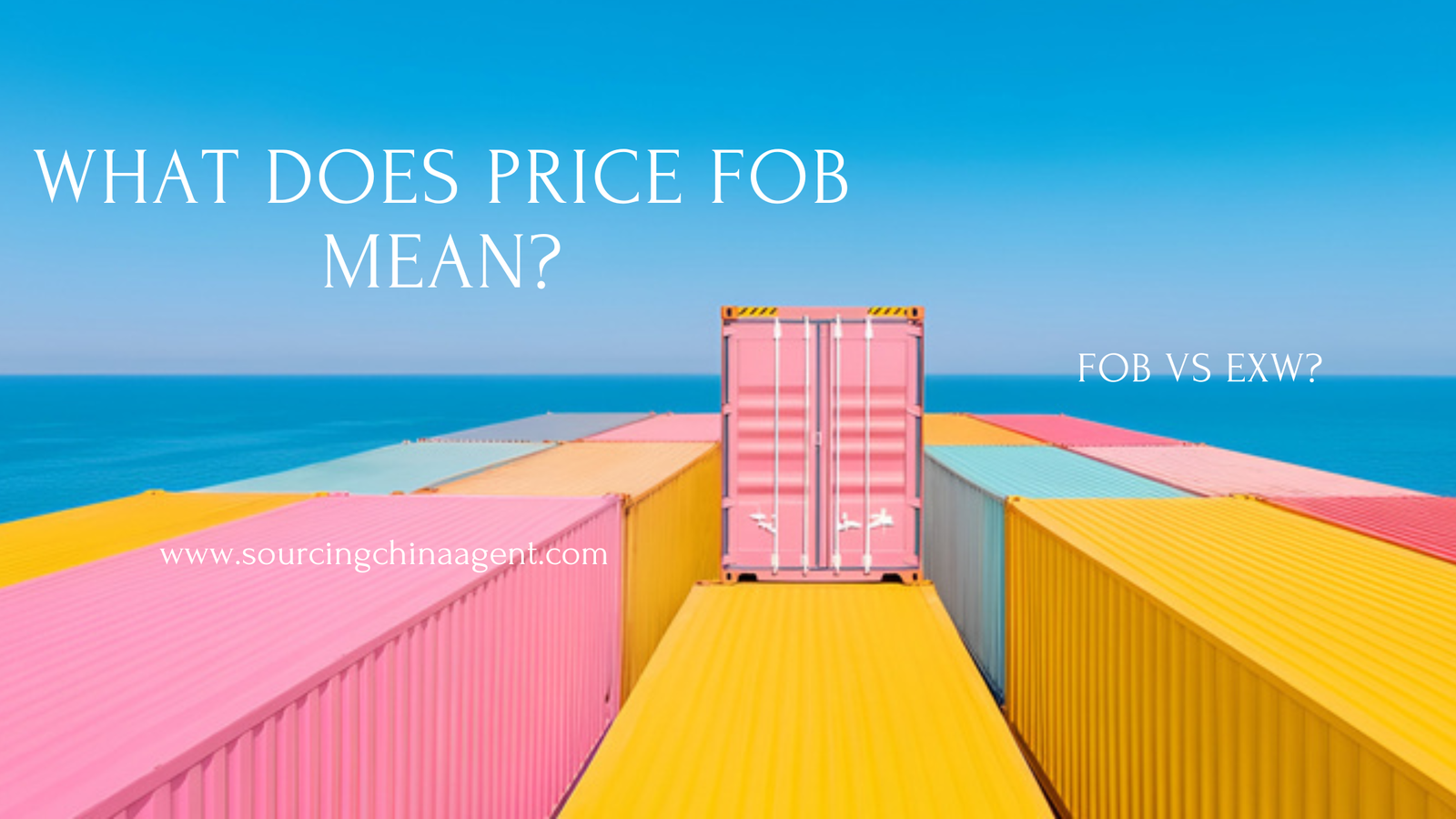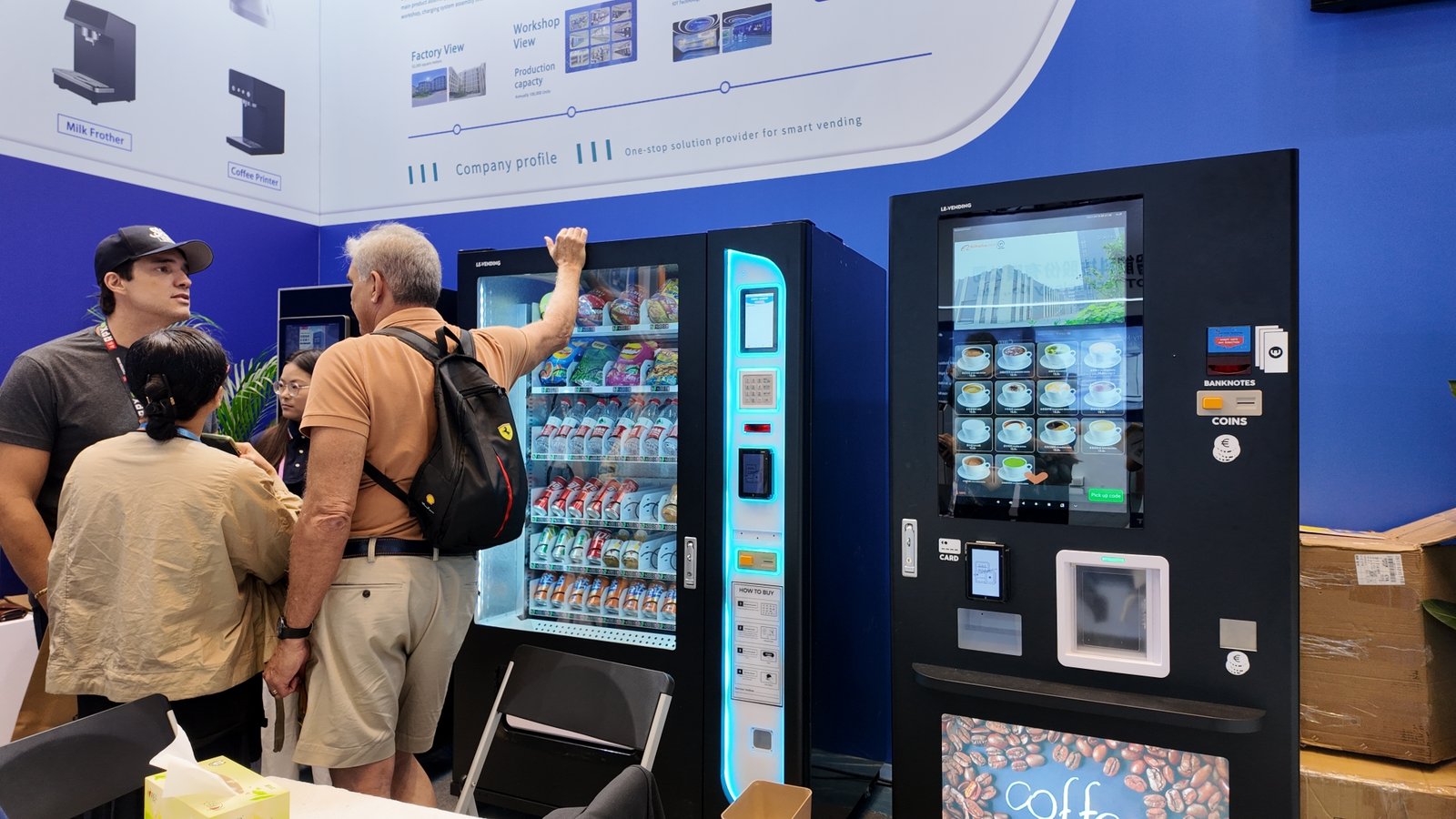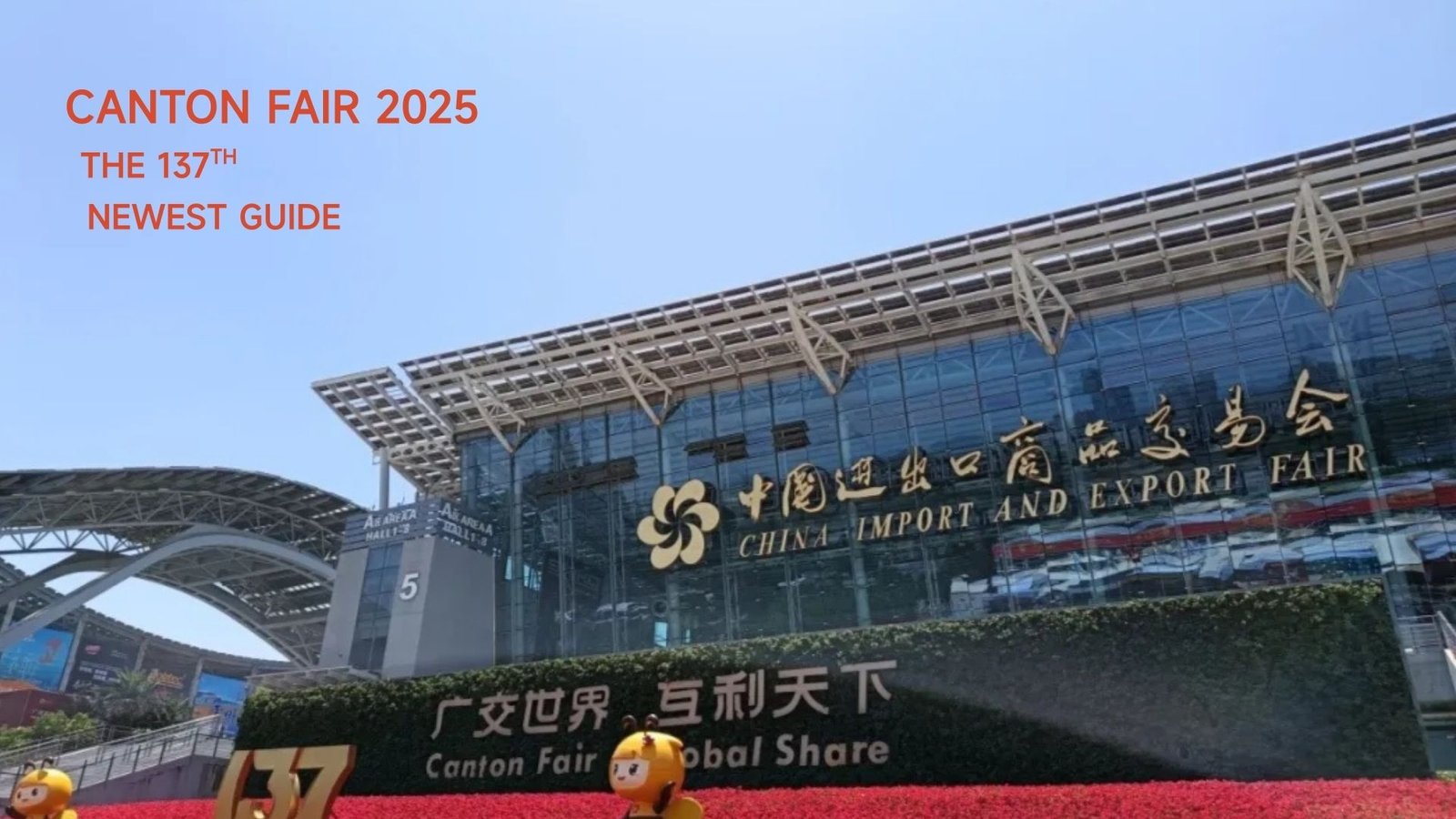Have you ever wondered what does price FOB mean when importing goods from overseas? If you’re involved in global trade, understanding this crucial term could be the key to unlocking more efficient and profitable transactions.

Free on Board (FOB) is a shipping term that defines the responsibilities of buyers and sellers in maritime shipping. It’s not just industry jargon – it’s a game-changer for businesses looking to streamline their international trade operations. Whether you’re a seasoned importer or new to the world of global commerce, mastering FOB pricing can help you:
• Take control of your logistics
• Potentially reduce costs
• Minimize miscommunication with suppliers
But with great power comes great responsibility. FOB shipping involves complex processes and risks that, if not managed properly, could impact your bottom line. That’s why we’ve created this comprehensive guide to help you navigate the ins and outs of FOB pricing. From understanding how it works to exploring its advantages and best practices, we’ll equip you with the knowledge you need to make informed decisions in your global trade endeavors.
Understanding FOB Pricing: What Does Price FOB Mean?
Explanation of what does price FOB mean
FOB, or Free on Board, is a crucial term in international trade that defines the point at which ownership and responsibility for goods transfer from the seller to the buyer during shipping. In the context of pricing, FOB indicates that the seller covers all costs and risks associated with delivering the goods to a specified port and loading them onto a vessel nominated by the buyer. Once the goods are on board, the buyer assumes all subsequent costs and risks.
Definition and importance of FOB
FOB is an Incoterm (International Commercial Term) established by the International Chamber of Commerce. It’s specifically used for non-containerized sea freight and plays a vital role in:
Clearly defining responsibilities between buyers and sellers
Allocating costs associated with shipping
Determining liability for goods during transit
Facilitating smooth international trade transactions
Types of FOB: Origin and Destination
There are two primary types of FOB:
| FOB Type | Ownership Transfer | Risk Transfer | Responsibility for Shipping Costs |
| FOB Origin | At seller’s premises | Upon leaving seller’s premises | Buyer |
| FOB Destination | At buyer’s location | Upon delivery to buyer | Seller |
FOB Origin:
Buyer assumes risk once goods leave the seller’s premises
Buyer manages transportation and associated risks
Potential for cost savings if buyer can negotiate favorable shipping terms
FOB Destination:
Seller retains risk until delivery at the buyer’s location
Seller covers freight and bears risk during transit
Can enhance customer service and satisfaction
Key differences between FOB and other Incoterms
FOB differs from other Incoterms in several ways:
EXW (Ex Works): Unlike FOB, EXW places all responsibility on the buyer from the seller’s premises.
CIF (Cost, Insurance, Freight): In CIF, the seller arranges and pays for insurance, unlike in FOB.
DAP (Delivered at Place): DAP involves the seller bearing costs and risks until a specified destination, whereas FOB transfers responsibility at the port of shipment.
It’s important to note that FOB does not inherently include insurance, making it crucial for parties to specify coverage terms separately.
Now that we have covered the fundamentals of FOB pricing and its importance in international trade, let’s delve into how FOB pricing works in practice and examine who pays for what in the next section, “How FOB Pricing Works: Who Pays for What?”
How FOB Pricing Works: Who Pays for What?
Now that we’ve covered the basics of FOB pricing, let’s delve into how it works and who pays for what in this arrangement.
Seller’s Responsibilities Up To The Port
Under FOB terms, the seller is responsible for:
Packaging the goods
Transporting them to the loading port
Clearing customs for export
Loading the goods onto the vessel
These responsibilities include all associated costs and risks until the goods are safely on board the ship. For example, a German seller exporting to Japan would cover all expenses and liabilities until the goods are loaded onto the ship at the specified German port.
Buyer’s Responsibilities After Goods Are Loaded
Once the goods are on the vessel, the buyer assumes:
All costs and risks associated with the shipment
International freight charges
Insurance for the goods in transit
Destination charges and import duties
This transfer of responsibility occurs at the moment the goods cross the ship’s rail, as per traditional FOB terms.
Documentation And Customs Clearance
| Responsibility | Seller | Buyer |
| Export customs clearance | ✓ | |
| Bill of lading | ✓ | |
| Import customs clearance | ✓ | |
| Destination documentation | ✓ |
The seller is responsible for obtaining export clearance and providing the necessary documentation, including the bill of lading. The buyer handles import clearance and any required documentation at the destination.
Example: How FOB Pricing Applies To Real-world Transactions
Let’s consider an FOB transaction from Germany to Japan:
A German seller prepares the goods for shipment
The seller transports the goods to the specified German port
The seller clears the goods for export and loads them onto the vessel
Once loaded, responsibility transfers to the Japanese buyer
The buyer arranges and pays for international shipping and insurance
Upon arrival in Japan, the buyer handles import duties and clearance
This example illustrates how FOB pricing clearly delineates responsibilities between the seller and buyer, ensuring a smooth international transaction.
With this understanding of how FOB pricing works, we’ll next explore the advantages and disadvantages of FOB shipping, which will help you determine if this method is suitable for your global trade needs.
Advantages and Disadvantages of FOB Shipping

Now that we’ve explored how FOB pricing works and who pays for what, let’s delve into the advantages and disadvantages of FOB shipping for both buyers and sellers.
Benefits for buyers: control and cost savings
FOB shipping offers several advantages for buyers:
Control over logistics: Buyers can choose their preferred freight forwarder
Potential cost savings: Ability to negotiate better shipping rates
Reduced miscommunication: Direct management of shipping arrangements
Flexibility: Option to select specific shipping methods and routes
Potential challenges for inexperienced importers
While FOB shipping has its benefits, new importers may face some hurdles:
Complexity: The process can be more intricate compared to seller-organized freight
Risk management: Responsibility for cargo shifts to the buyer once loaded on the ship
Logistical coordination: Arranging transportation from origin to destination
Documentation: Handling import duties and customs clearance
For these reasons, inexperienced importers are advised to work with third-party logistics companies for guidance.
Considerations for sellers
Sellers also need to weigh the pros and cons of FOB shipping:
| Advantages | Disadvantages |
| Reduced logistical stress | Limited control over shipping process |
| Responsibility ends at origin port | Potential for higher local charges |
| Simplified export procedures | Less influence on delivery timelines |
When using FOB terms, sellers are responsible for:
Export packaging
Loading charges
Trucking fees to the port
Customs clearance
Origin terminal handling charges
It’s important to note that FOB is specific to sea and inland waterway shipments and does not apply to other transportation modes.
With this understanding of the advantages and disadvantages of FOB shipping, we’ll next explore FOB pricing and cost factors to help you make informed decisions in your global trade endeavors.
FOB Pricing and Cost Factors
Now that we’ve explored the advantages and disadvantages of FOB shipping, let’s delve into the crucial aspects of FOB pricing and the various cost factors involved.
Components of FOB pricing
FOB pricing encompasses several key elements that both buyers and sellers should be aware of:
Price of finished goods
Domestic container shipping rates
Customs declaration opening costs
Container lifting costs
Certificate of origin costs (if requested)
Fumigation and quarantine costs
Container lead clamp costs
Understanding these components is essential for businesses engaged in international trade to establish transparent pricing structures and accurately calculate their costs.
Comparison with CIF (Cost, Insurance, and Freight)
While FOB places certain responsibilities on the buyer, CIF offers a different approach to shipping and insurance arrangements. Here’s a comparison:
| Aspect | FOB | CIF |
| Risk transfer | At ship’s rail | At destination port |
| Shipping costs | Buyer’s responsibility | Seller’s responsibility |
| Insurance | Optional, buyer’s choice | Included, arranged by seller |
| Control over logistics | Buyer has more control | Seller manages shipping |
| Pricing transparency | More transparent | Less transparent |

FOB provides buyers with greater control over logistics and the ability to select their freight forwarder, potentially reducing costs. However, CIF simplifies the process for buyers by having the seller manage shipping and insurance arrangements.
Insurance considerations in FOB agreements
While insurance is not typically required under FOB terms, it is highly advisable for risk management purposes. Here are some key points to consider:
Buyers are responsible for arranging insurance coverage
Insurance should cover the goods from the moment they cross the ship’s rail
Coverage may include protection against loss, damage, or theft during transit
The cost of insurance is separate from the FOB price
Experienced importers may negotiate better insurance rates
By understanding these insurance considerations, buyers can better protect their interests and manage risks associated with international shipping.
With this comprehensive overview of FOB pricing and cost factors in mind, we’ll next explore the best practices for using FOB in global trade to maximize efficiency and profitability.
Best Practices for Using FOB in Global Trade
Now that we’ve covered FOB pricing and cost factors, let’s explore the best practices for using FOB in global trade. These strategies will help you navigate the complexities of international shipping and ensure smooth transactions.
Negotiating and specifying FOB terms in contracts
When negotiating FOB terms, clarity is paramount. Ensure that contracts explicitly state:
The exact handover point for ownership and risk
Which party is responsible for each cost and stage of shipping
The specific Incoterm being used (e.g., FOB Origin or FOB Destination)
| FOB Origin | FOB Destination |
| Buyer assumes risk at seller’s location | Seller retains risk until delivery |
| Buyer manages transportation | Seller manages transportation |
| Potentially lower costs for buyer | Enhanced customer service |
Working with logistics providers and freight forwarders
Collaborating with experienced logistics partners can significantly streamline your FOB transactions:
Choose providers familiar with international shipping regulations
Utilize real-time tracking and automated documentation services
Leverage data-driven insights to optimize shipments and reduce costs
For example, companies like GoComet offer innovative solutions that enhance visibility and efficiency in global shipments, as demonstrated in the case of Kelmer Procurement.
Ensuring clarity to avoid disputes and misunderstandings
To minimize conflicts and ensure smooth transactions:
Maintain open communication with all parties involved
Clearly define responsibilities for loading, unloading, and documentation
Stay informed about local regulations at both origin and destination ports
Consider incorporating digital trade platforms for enhanced transparency
By implementing these best practices, businesses can effectively navigate the complexities of FOB shipping, optimize costs, and enhance their competitiveness in the global marketplace.
Conclusion
Understanding FOB pricing is crucial for efficient and profitable global trade. This guide has explored the intricacies of FOB terms, including their types, advantages, and cost factors. We’ve seen how FOB Origin and FOB Destination impact the transfer of ownership, risks, and responsibilities between buyers and sellers. By mastering these concepts, businesses can better navigate international shipping agreements and optimize their logistics processes.
To succeed in global trade, it’s crucial to understand what does price FOB mean and how to negotiate FOB terms effectively in your contracts. FOB (Free on Board) pricing determines cost responsibilities between buyers and sellers, impacting logistics and overall expenses. Working with experienced logistics partners ensures smooth transactions and minimizes disputes. By staying informed about the latest FOB shipping Incoterms and implementing best practices, your company can enhance its competitiveness in the international marketplace. Optimizing FOB pricing strategies can lead to significant cost savings and improved risk management in global trade operations.
Related Post:
How To Find Best Alibaba China Suppliers to save 20% cost




